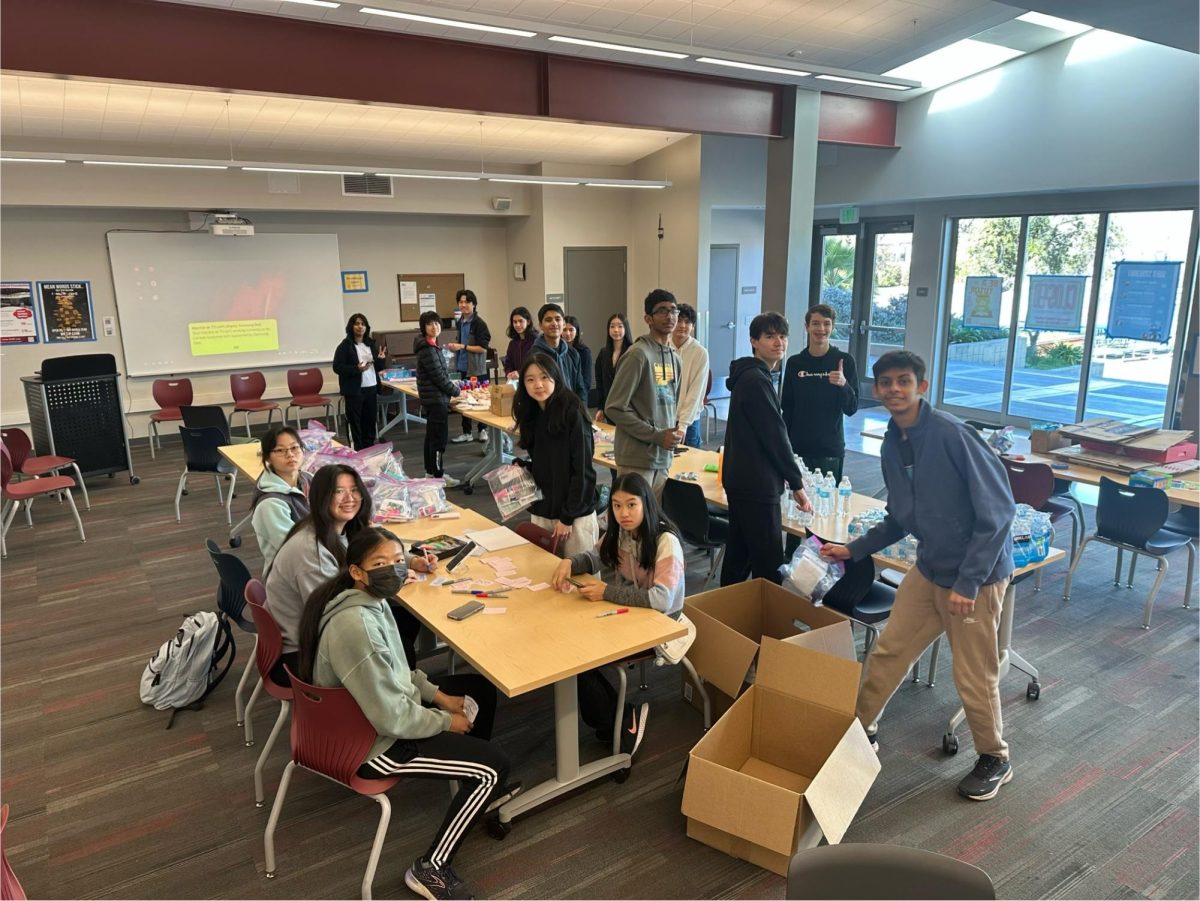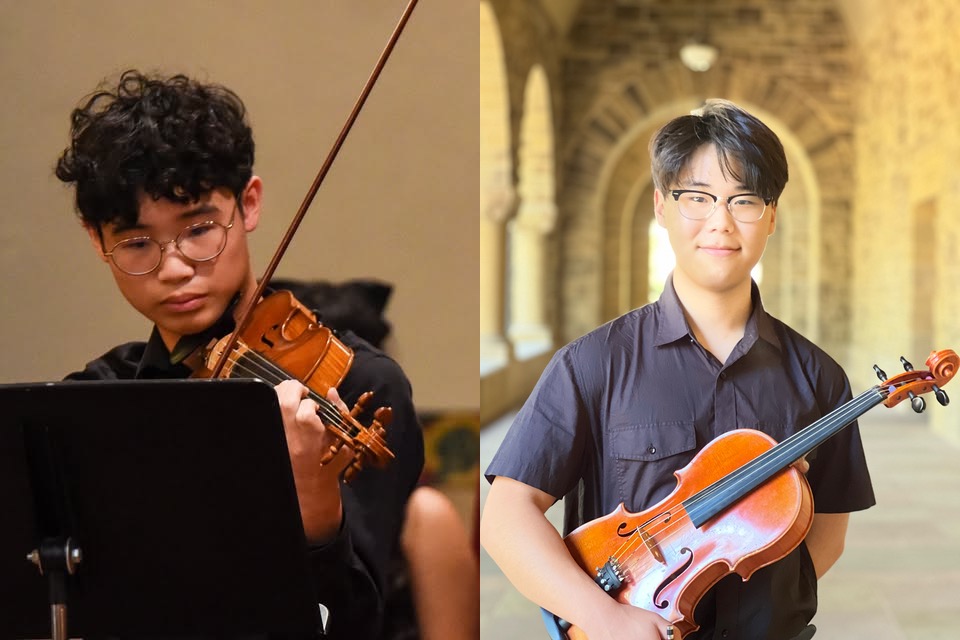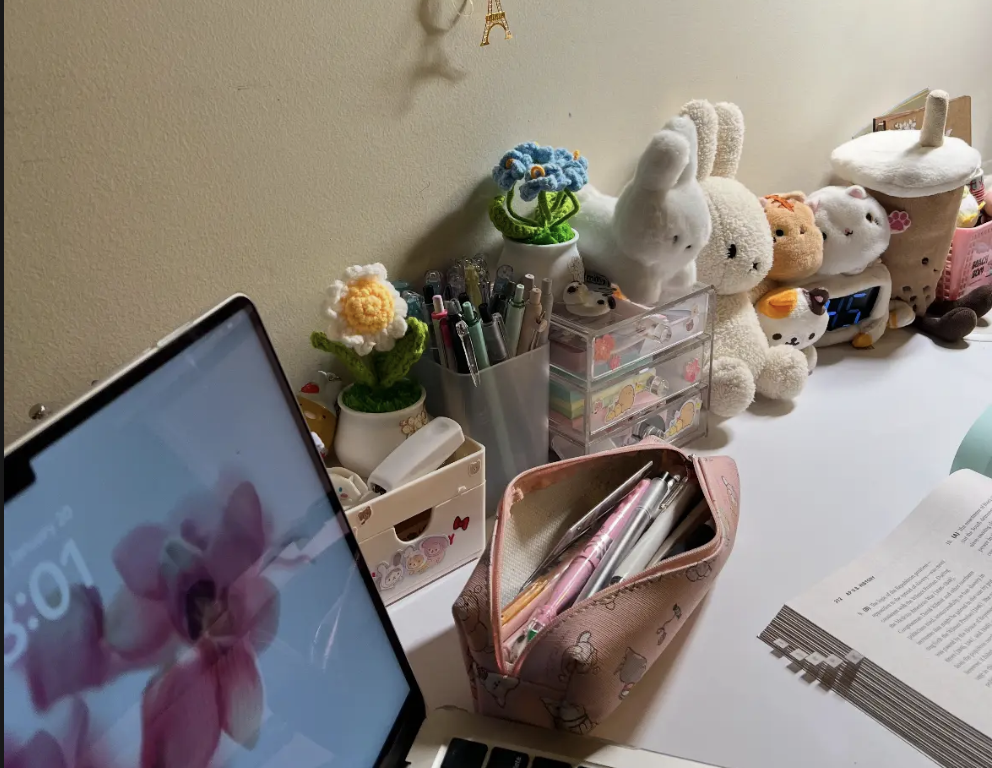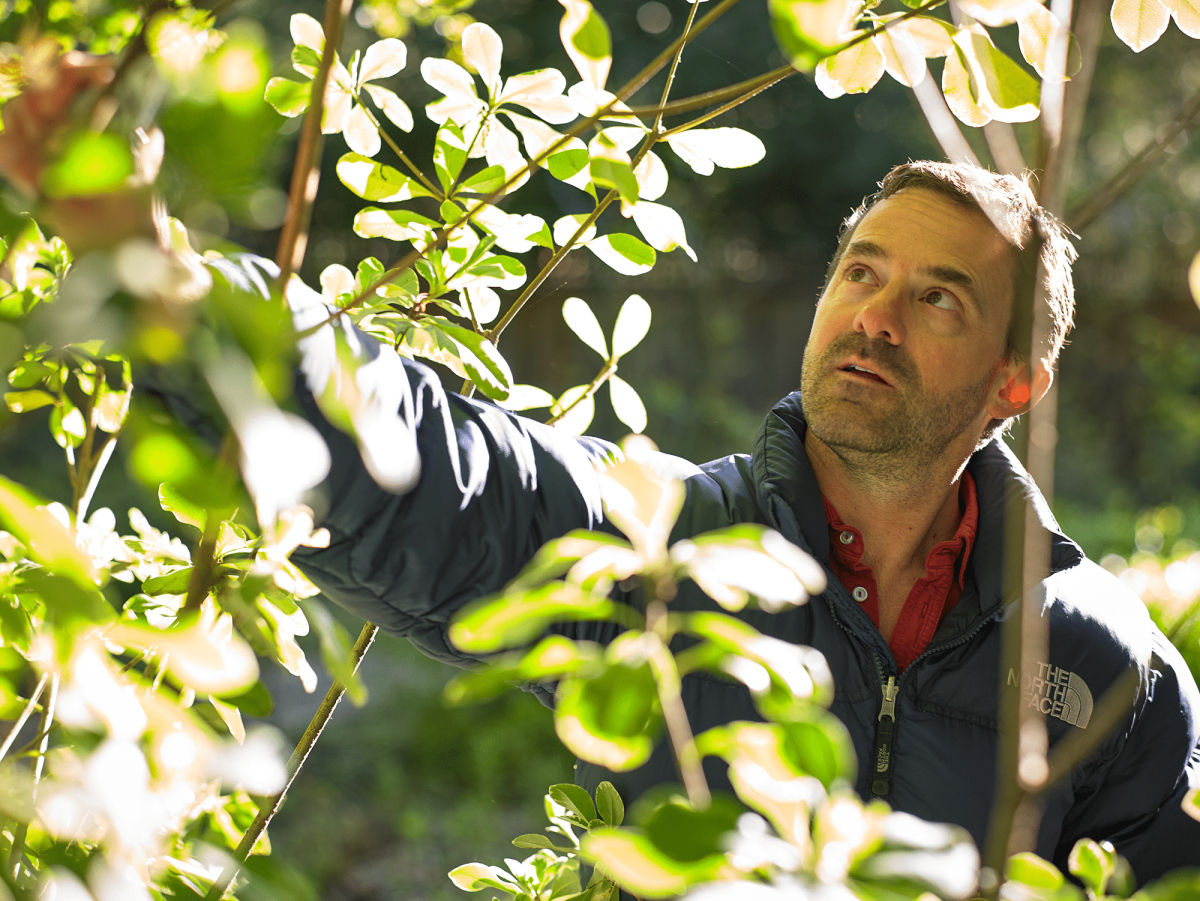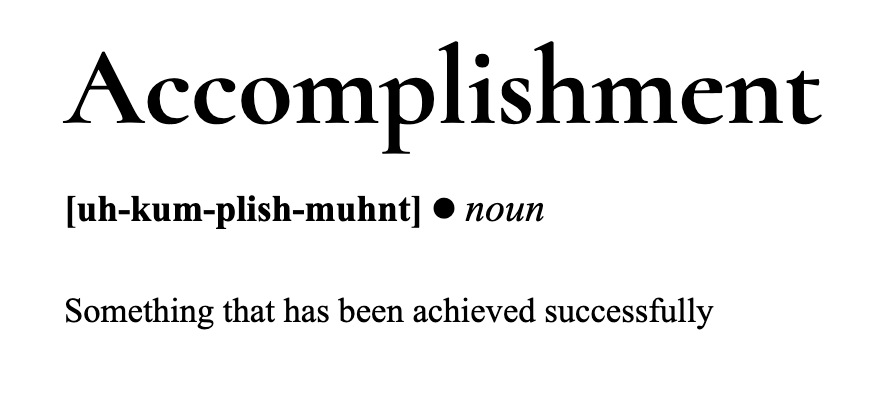Upon entering the classroom of math teacher P.J. Yim, students see encouraging posters that line the walls, many of which are the words of Yim himself.
“Be like cactus.”
“Achieve zero.”
“Be mindful.”
Below these short yet meaningful phrases, problems are scribbled on any of three whiteboards, as students explain their work to their peers.
Despite the seemingly relaxed atmosphere in his room, Yim is often considered one of the strictest and most difficult teachers on campus. Many people, however, do not see all of what Yim tries to do for his students.
Yim said his first priority is to give his students in Algebra II Honors, Trigonometry and Precalculus Honors, and BC Calculus a “good learning environment,” and, in achieving this, he is the first to admit that he is indeed often strict when it comes to student behavior. This outlook spawns from his own middle school experience in Boston.
“I remember having a hard time learning because the classroom was so chaotic that very little [time] was devoted to learning,” Yim said. “I realized that even one [distraction] affects everyone.”
With this in mind, Yim tries to make himself accessible to his students, as he “prefers the Socratic method” of teaching in which students learn through questioning rather than one-sided lecturing. He hopes his students know he is “open to approach.”
Sophomore Nandita Mohan said Yim’s classroom is always available for students to use, although it can sometimes be crowded.
“Yim’s room is always packed with people,” Mohan said. “Everyone is working out problems on the whiteboards.”
According to sophomore Ashvita Ramesh, Yim always brightens when his students display genuine interest in what he is teaching.
“His teaching style is great in that he encourages learning for the sake of learning,” Ramesh said.
Yim said his goal is to transcend the traditional role of a teacher in order to break through to students.
As a teacher, he said he sees himself not so much as “a teacher that drills in the informations to the empty bucket that is [a student’s] brain, but rather sometimes a cheerleader.”
Yim, however, also said this desire to motivate students is often hindered by the students’ reluctance to listen to cliche advice such as “never give up.”
To counter this reluctance, Yim has come up with his own quirky ways to reach out and click with his students. This was the beginning of how he came to be known for his many sayings, such as “be like cactus.”
For this particular saying, Yim has often accounted to his students how he gave his girlfriend at the time a cactus instead of roses to tell her to be strong and keep going when times are tough.
After he told students this anecdote, Yim said he was “caught off guard” when many of them were touched and even made some of the posters that hang in his room.
“Some students even completely turned around after I told them the story,” Yim said.
As a student, Ramesh has heard this story multiple times and has garnered her own interpretation of his famous line.
“[It means] don’t let failures or anything bother you; embrace your challenges,” Ramesh said.
Yim also said students often “focus too much on the grades or honors credit.”
“[They] memorize and regurgitate rather than respond to the holistic ideas,” Yim said.
He believes students sometimes don’t actually understand concepts fully. Being in such a class that might not be suitable for them can cause unnecessary stress for some students.
“I noticed some students were depressed seeing other kids do so well,” Yim said. “You shouldn’t compare yourself to anyone else but rather feel successful if you’ve done everything you can.”
Through anecdotes from his own life, Yim often tries to entertain as well as motivate his students. He said he tells stories not just as amusement, but rather as “planned tangents.”
“I never really liked [quirks],” Yim said, “but if it helps students, I’ll do it.”


